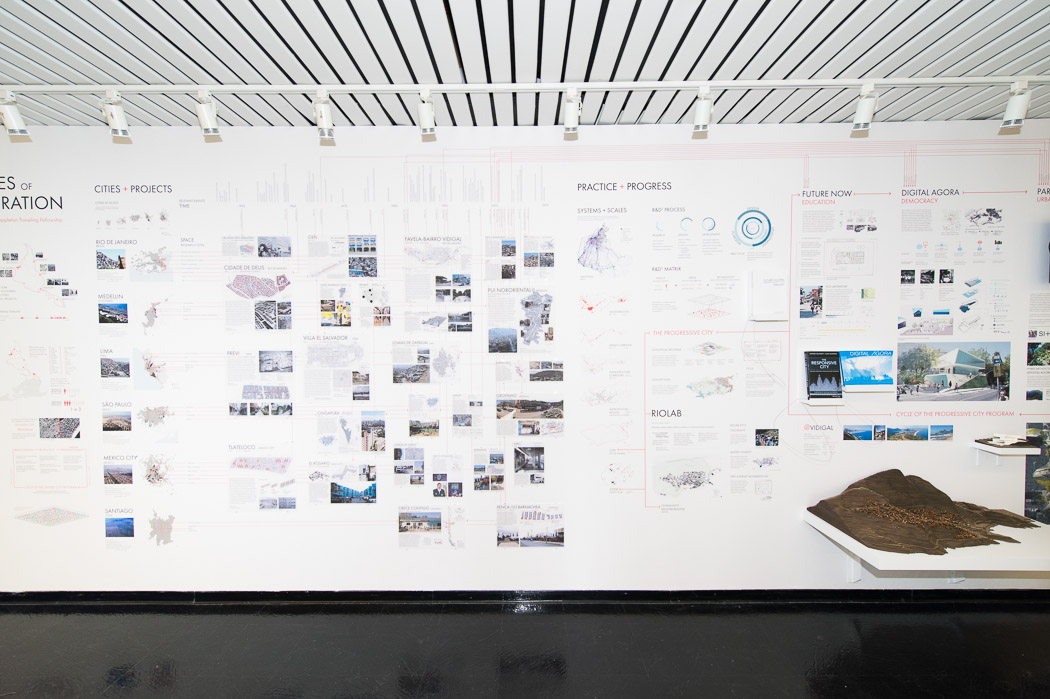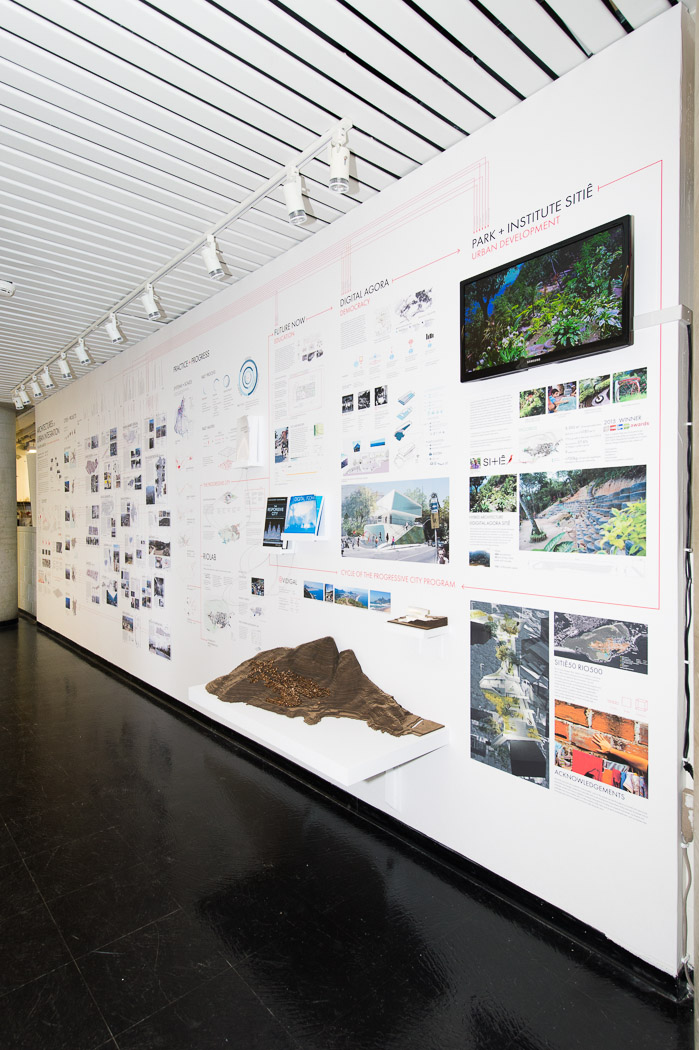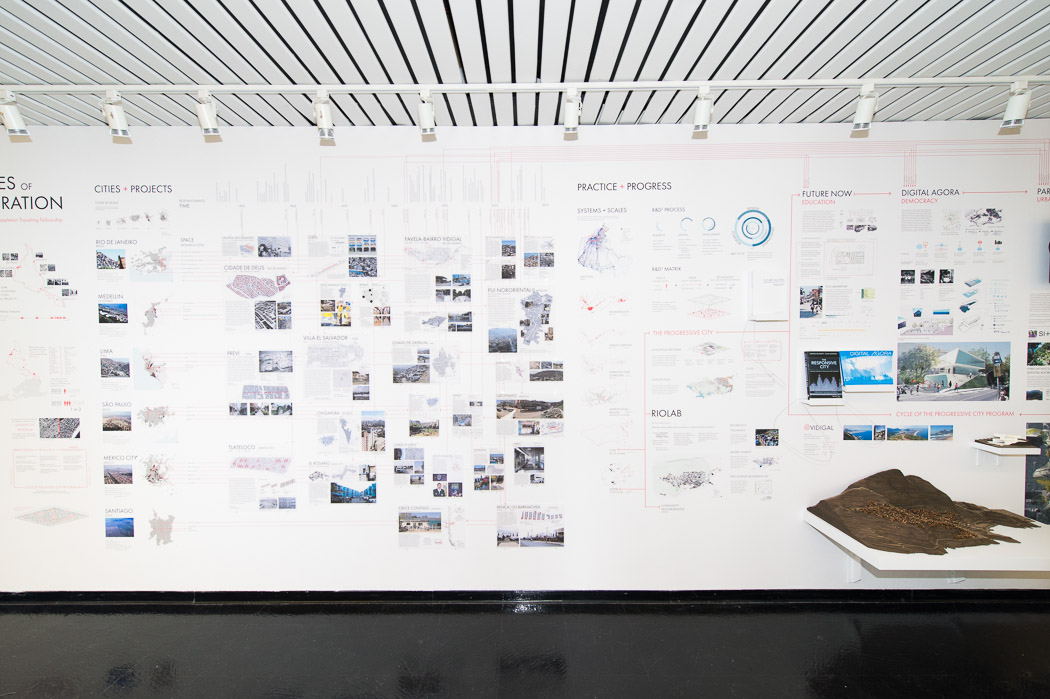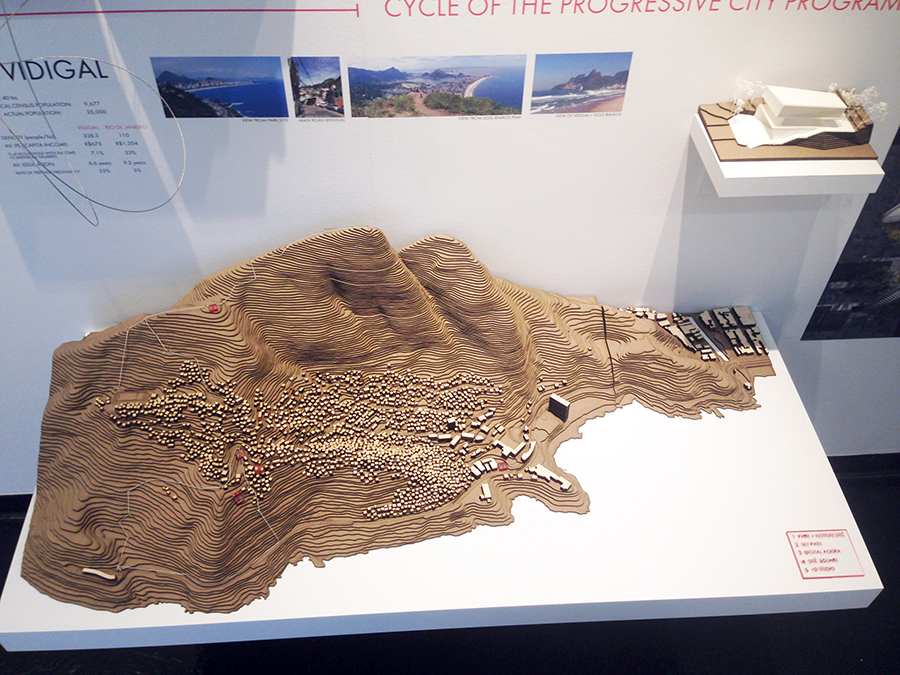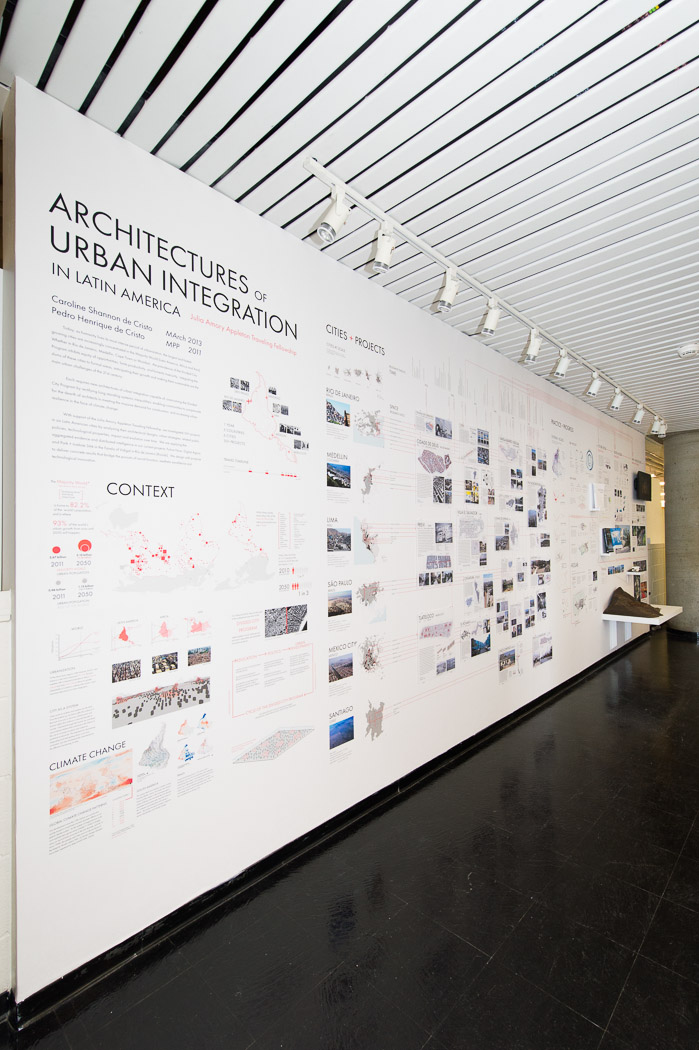Architectures Of Urban Integration In Latin America
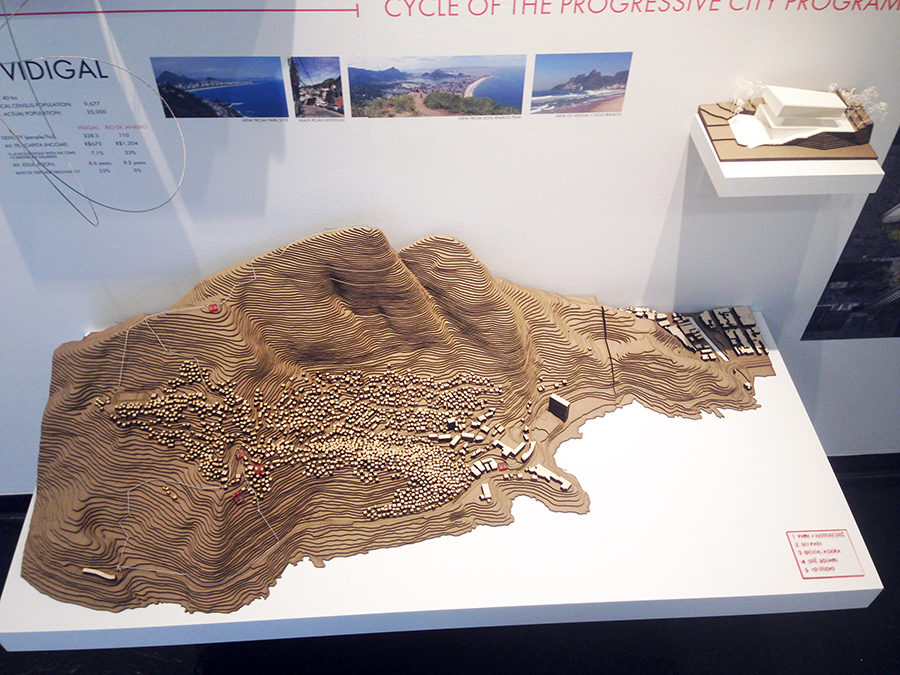
Today, as humanity lives its most intense period of urbanization, the largest and fastest growing cities are increasingly concentrated in the Majority World [Latin America, Africa and Asia]. Whether in Rio de Janeiro, Medellin, Cape Town or Mumbai, the prevalence of the Divided City Program inhibits equity of opportunities, limits productivity, and foments insecurity. Integrating the slums of these cities to formal areas, anticipating their growth and making them sustainable are the main urban challenges of the 21st century.
Each requires new architectures of urban integration capable of: overcoming the Divided City Program by rectifying long-standing systemic inequalities; enabling communities to compensate for the dearth of architects in meeting the massive demand for construction; and increasing urban resilience in the face of climate change.
With support of the Julia Amory Appleton Traveling Fellowship, we investigated 30+ projects in six Latin American cities by analyzing their architectural designs, urban strategies, related public policies, technological properties, impact and evolution over time. We are applying the aggregated evidence and distributed intelligence in our current projects: Future Now, Digital Agora and Park + Institute Sitiê in the Favela of Vidigal in Rio de Janeiro [RioLab]. We design with purpose to deliver concrete results that bridge the pursuits of social function, aesthetic excellence and technological innovation.
Caroline Shannon de Cristo and Pedro Henrique de Cristo, curators
